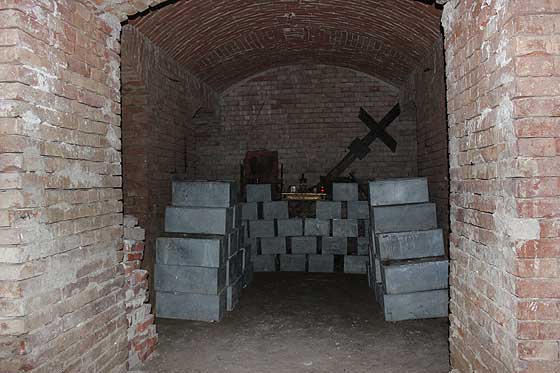A church in Chernivtsi opens the tomb for tourist viewing
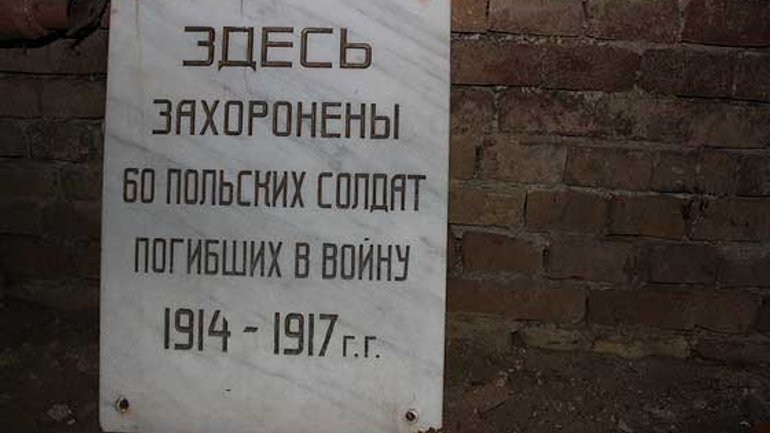
The fact that very soon all the comers – both Chernivtsi citizens and tourists will be able to take a tour of the cave church, told the head of cultural heritage protection Chernivtsi City Council Helen Pushkova in his report to the public community.
Currently, the temple remains closed, the repairs continue. As an official said, in the middle of the building the ceiling is being dismounted and added that her department monitored the working process. Occasionally, the tourists come inside the church. Already in the spring there will be another tourist attraction for them – a crypt (tomb) of Polish soldiers. One will be able to get there through the main entrance of the temple.
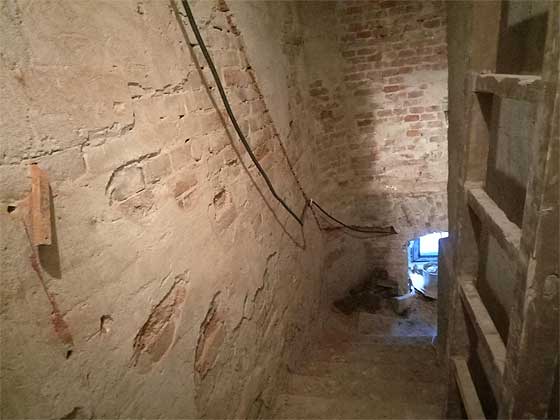
The entrance to the basement
Construction of the tomb and financing of repairs was borne by Poland. It is referred to the underground part of the church, but not the church itself, which is being renewed and restored on donations of people.
The repair in the basement of the church is almost complete, told the rector of the Jesuit Church of the Most Sacred Heart of Jesus, Father Stanislaw Smolczevski. According to him, the opening is planned for spring, the guests from Poland are awaited.
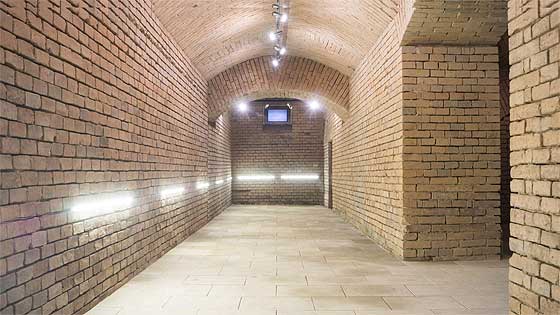 Church basement
Church basement
For the first time a burial was discovered in this church in 1952, when, in fact, the church was already inactive. Previously, the doors to the basement were closed, and the site was cluttered. Parishioners of the Church of Sacred Heart of Jesus say for the first time they were able to see these burials a few years ago when the church was returned to the faithful.
In the basement there are zinc graves tiled with pyramids. There is a small altar, near which there is a large cross. It has an inscription in Polish that the Polish Legionnaires and a Cossack rest there. The church rector said that the Polish did not change anything there, only equipped and repaired the basement.
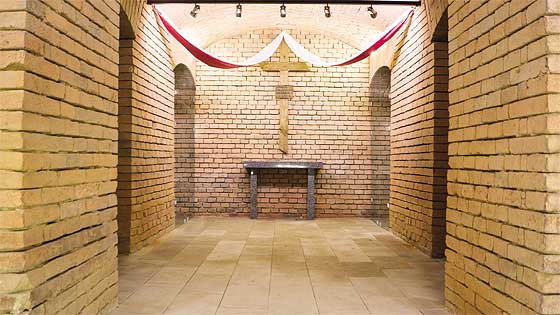
“During the first World War, in Bukovyna (which was then Austro-Hungarian) the Polish Legion fought under General Haller,” Inna Keller, historian, parishioner of the church, commented. “In August 1914, the Legionaries fought fierce battles against the Russian army near Rarancha (now the village of Ridkivtsi), Novoselytsya district. The first burials emerged in Chernivtsi already after the battle of August 23, 1914 under Rarancha. Last hostilities were waged under Rarancha in August 1917. The deceased Poles were buried in a mass grave. When Bukovyna was occupied by Romania, under international conventions, in 1923 the soldiers' cemeteries were arranged. In March of that year the “Cemetery of Heroes” appeared in Chernivtsi. In 1936, at the initiative of the Catholic Society "Sokil" and the Polish House in Chernivtsi, a Polish delegation led by Ambassador of Poland to Romania arrived to Bukovyna, which together with the representatives of the Romanian government exhumated the graves of Polish soldiers and seized from them the remains. All remains of bodies were put in special zinc boxes, sealed and shipped to Chernivtsi, to the church of the Most Sacred Heart of Jesus located at 2A Shevchenko street. Some bodies were transported to Poland, to Krakow and buried there in the cemetery. And the remains of 60 soldiers, including 59 Polish legionaries and 1 Ruthenian Cossack, were moved to the basement of the church.”
